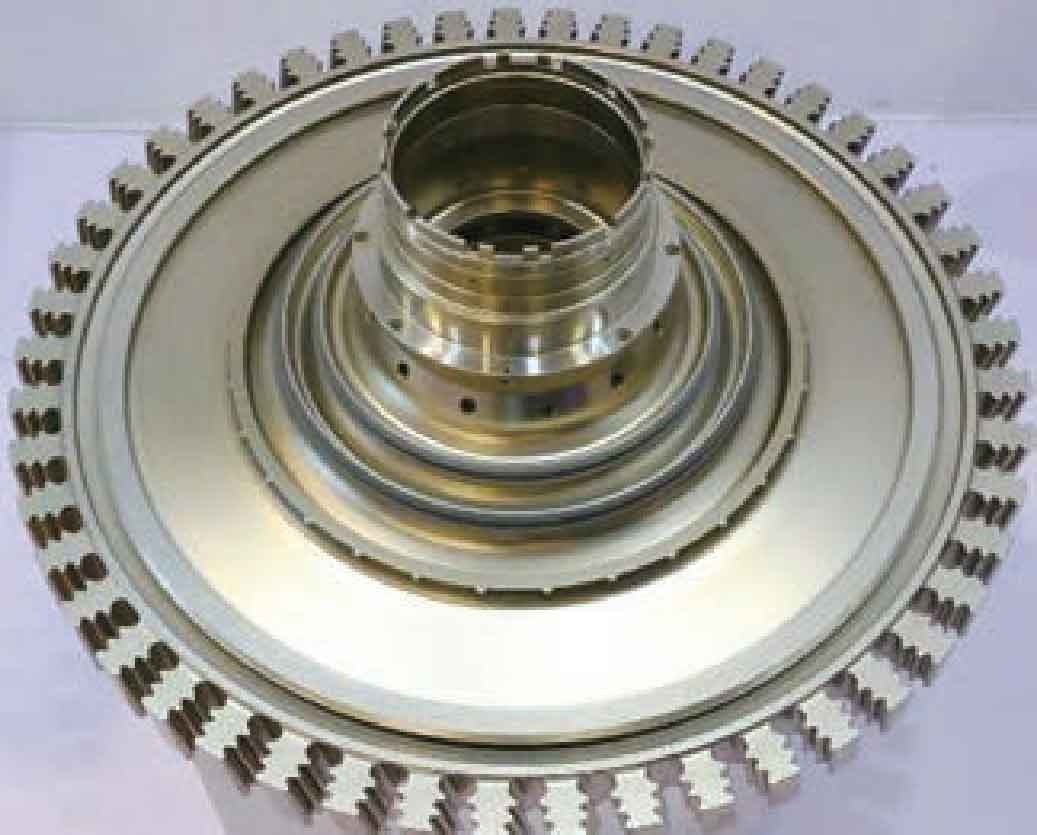The superalloy can be used for a long time under a certain stress at a high temperature of more than 600 ℃. It is mainly divided into Fe-based, Ni-based and Co-based alloys. Superalloys usually have good high-temperature strength, oxidation resistance, fatigue properties, fracture toughness, plasticity, and excellent comprehensive properties such as structural stability and reliability. They are generally called superalloys abroad.

Since the first aerojet engine in the world used superalloy turbine blades in the early 1940s, the development of superalloy materials has been inextricably bound up with aeroengines. Precision casting of superalloys is the core manufacturing process of turbine blades for aero-engines and heavy-duty gas turbines, and is one of the key technologies to promote the “two special” project. The application of superalloys in the field of aero-engine is mainly “one disk and two pieces”, that is, the turbine disc (see figure), the guide vane on the turbine guide and the working vane connected on the turbine disc. The turbine disc is currently mainly developed and produced by powder metallurgy technology, while the key hot end components of the guide vane and working vane are mainly produced by precision casting.
In 1958, the K401 alloy used in the development of WP – 6 engine guide vane in China was the first cast superalloy in China, developed by the Beijing Institute of Aeronautical Materials; In the early 1960s, the first stage turbine blade of WP-26S engine developed by Shenyang Liming with K406 alloy was the first turbine working blade produced by precision casting technology in China; The K417 precision cast nickel-base superalloy developed by the Institute of Metals of the Chinese Academy of Sciences at the end of the 1970s is the first superalloy material for the turbine blades of WP – 7 engines that has been successfully put into service in batches in China.
